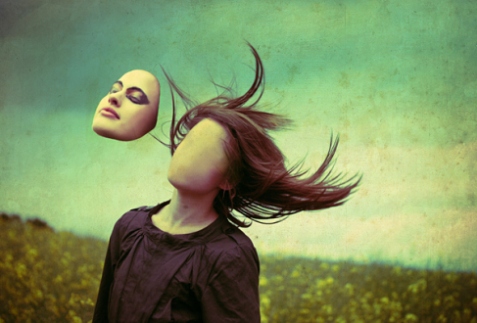“Every documentary has its own distinct voice. Like every speaking voice, every cinematic voice has a style of “grain” all its own that acts like a signature or fingerprint” –Bill Nichols
I must say that I immensely enjoyed watching both Exit through the Gift Shop & Ai Weiwei: Never Sorry. The two films had an extremely interesting plot line, and they observed rather significant and completely strange and bizarre people. These people were able to make a change through the work of a variety of art: street, pop, sculpture, film, and so many more.
I also read Nichols article over the six types of documentary models, and found that I could definitely apply them to the films I watched.
Exit through the Gift Shop , the film covering the rising character of local Frenchman Thierry Guetta. Based on Nichol’s research, I spotted a good number of documentary modes in this film. Firstly, I noticed there was definitely an expository feel to the documentary. According to Nichols, expository documentaries rely “heavily on informing logic carried by the spoken word. In a reversal of the traditional emphasis in film, images serve a supporting role. They illustrate, illuminate, evoke, or act in counterpart to what is said” (Introduction to Documentary). There was a professional narrator in Exit through the Gift Shop, who often would state qualities or characteristics about the “craziness” or “shocking discovery” Guetta would come across, and use images or film clips of moments to express his words and statements. Other than the personal narrator, the producers of this documentary would also cut snippets of interviews with Guetta and insert them in while portraying what his experience was like. For example, when Guetta discovers the artistic creativity of Banksy, and desires to meet him; they show clips of Banksy’s sensational and though provoking street art while hearing Guetta’s intent desire to meet him in text (audio). Exit through the Gift Shop also consists of Observatory and Participatory documentary modules. The film could be considered a participatory documentary simply because it “looks on life as it lived”. There are actual blurry and unedited clips of Guetta in Disney Land, dropping the camera, filming law enforcement officers while they are not looking, and so forth. Guetta was literally within the film even while he was filming it, making the film scenes feel more “in the moment” and exciting. They could also be considered observatory because Guetta would often catch artists completely in trance in their work, and they would not even realize that he was filming them. It was not professionalp, but rather they were running around or cussing or moving the camera away in order to go about their daily life.
Ai WeiWei: Never Sorry was a bit different than Exit through the Gift Shop. The documentary was rather a bit more formal, though it still had many documentary modes expressed in it as well. For example, the film could be considered observatory simply because the cameraman would catch snippets and shots of Ai Weiwei in his artistic zone (sort of unrealizing the camera is there) and go about with his art work as though no one is even watching him. The film is definitely expository as well; following the guidelines of the common traditional documentary and allowing words to be strengthened and expressed through the images shown.
To conclude, these two films made me heighten my sense of the art world: to realize the importance of otherwise minor and insignificant things such as street art and pop culture, and how it affects our society at such a grand scale. I also personally admired the courage and strength of Ai Weiwei, for openly issuing challenges against the government of China and expressing his unique view with pride.






